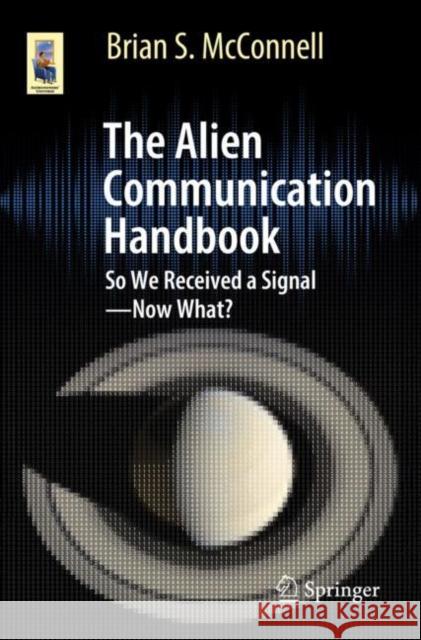The Alien Communication Handbook: So We Received a Signal--Now What? » książka
topmenu
The Alien Communication Handbook: So We Received a Signal--Now What?
ISBN-13: 9783030748449 / Angielski / Miękka / 2021 / 298 str.
Kategorie BISAC:
Wydawca:
Springer
Seria wydawnicza:
Język:
Angielski
ISBN-13:
9783030748449
Rok wydania:
2021
Wydanie:
2021
Numer serii:
000320646
Ilość stron:
298
Waga:
0.50 kg
Wymiary:
23.37 x 20.32 x 1.27
Oprawa:
Miękka
Wolumenów:
01
Dodatkowe informacje:
Wydanie ilustrowane











